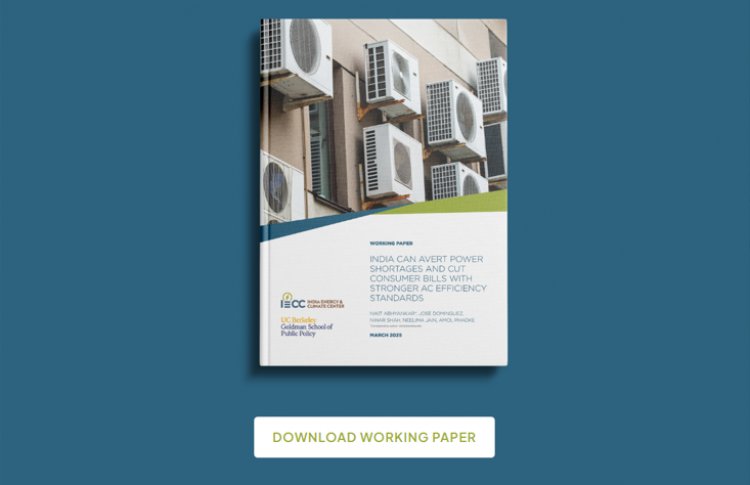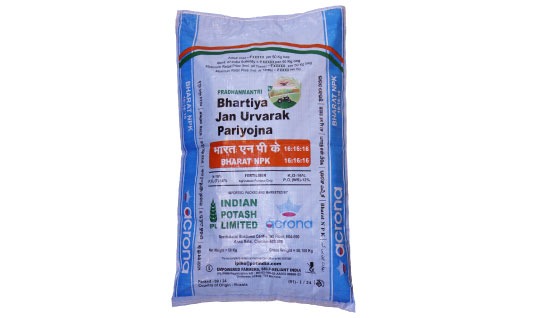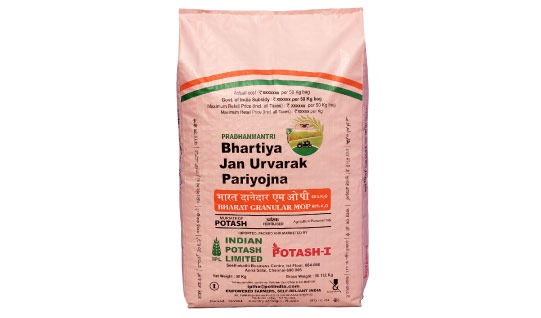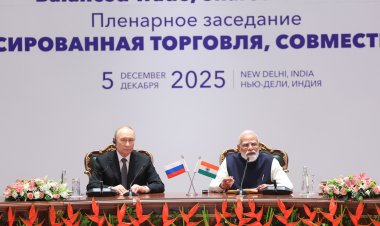India Can Avoid Power Shortages and Save ₹2.2 Lakh Crore with Efficient ACs: UC Berkeley Study
The study highlights that India adds 10–15 million new ACs annually, with another 130–150 million expected over the next decade. Without policy intervention, ACs alone could drive 120 GW of peak power demand by 2030 and 180 GW by 2035—nearly 30% of projected totals.
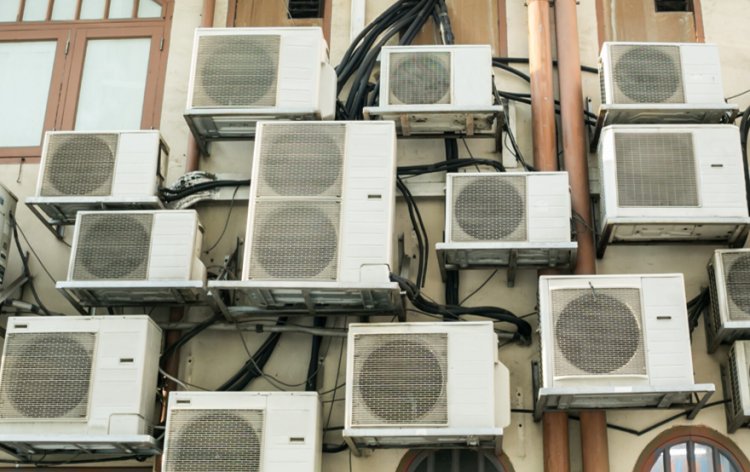
As India faces another sweltering summer, a new study from the India Energy and Climate Center (IECC) at the University of California, Berkeley, reveals that the nation can avoid severe power shortages and save consumers up to ₹2.2 lakh crore ($26 billion) by doubling the energy efficiency of room air conditioners (ACs) over the next decade.
The study, titled India Can Avert Power Shortages and Cut Consumer Bills with Stronger AC Efficiency Standards, highlights the rapid growth of AC ownership in India, with 10-15 million new units added annually and an estimated 130-150 million more expected in the next ten years. Without policy intervention, ACs alone could drive a staggering 120 GW of peak power demand by 2030 and 180 GW by 2035, nearly 30% of the projected total.
“This growth is outpacing India’s power supply and could lead to serious electricity shortages as early as 2026,” warned Nikit Abhyankar, the study’s lead author and UC Berkeley faculty member. “ACs are becoming one of the biggest drivers of peak demand, and without intervention, we risk blackouts or costly emergency fixes. But with smart policy, we can turn this into a win for consumers, manufacturers, and the grid.”
The report recommends updating India’s Minimum Energy Performance Standards (MEPS), beginning with a 2027 revision that raises the 1-star label to ISEER 5.0—equivalent to today’s 5-star level—and tightening standards every three years. This strategy could potentially avoid 10 GW of shortages by 2028, 23 GW by 2030, and a substantial 60 GW by 2035—equal to the output of 120 large power plants.
“This is not just about long-term energy savings —it’s an immediate grid reliability solution,” Abhyankar emphasized.
Beyond grid stability, the study underscores significant consumer benefits. While efficient ACs might have slightly higher upfront costs, they could deliver net savings of ₹66,000–2,25,000 crore ($8–26 billion) by 2035, paying for themselves within 2-3 years through reduced electricity bills.
Amol Phadke, co-author and UC Berkeley faculty, dismissed concerns about higher prices, stating, “Our analysis of global markets—including India—shows that efficiency is not the main factor driving retail prices. With the right policy support, higher efficiency often goes hand in hand with lower costs, thanks to economies of scale, better supply chains, and competitive markets.”
The market is already showing signs of adaptation, with over 600 AC models—20% of all offerings—exceeding India’s top 5-star efficiency level, many produced by domestic manufacturers.
“This is a chance for Indian manufacturers to lead,” said Jose Dominguez, co-author and IECC researcher. “With the right policy signal, they can scale under Make in India and PLI schemes, positioning India as a global hub for sustainable and affordable cooling.”
The report also advocates for updating AC test procedures to better reflect India’s humid climate, focusing on moisture removal alongside cooling.
“In places like Mumbai or Chennai, dryness is as important as coolness,” explained Nihar Shah, co-author and IECC lead on cooling. “ACs that remove moisture from the air can keep people comfortable while using only half as much electricity. Efficient dehumidification is a critical challenge for industry.”
With urban AC ownership still at a mere 10% and rapidly increasing, the authors stress the urgency of immediate action.
“Every AC installed today locks in future electricity use,” Abhyankar concluded. “We have a narrow window to ensure they’re efficient. If we get this right, India can stay cool, avoid shortages, and lead the world in sustainable and affordable cooling.”



 Join the RuralVoice whatsapp group
Join the RuralVoice whatsapp group